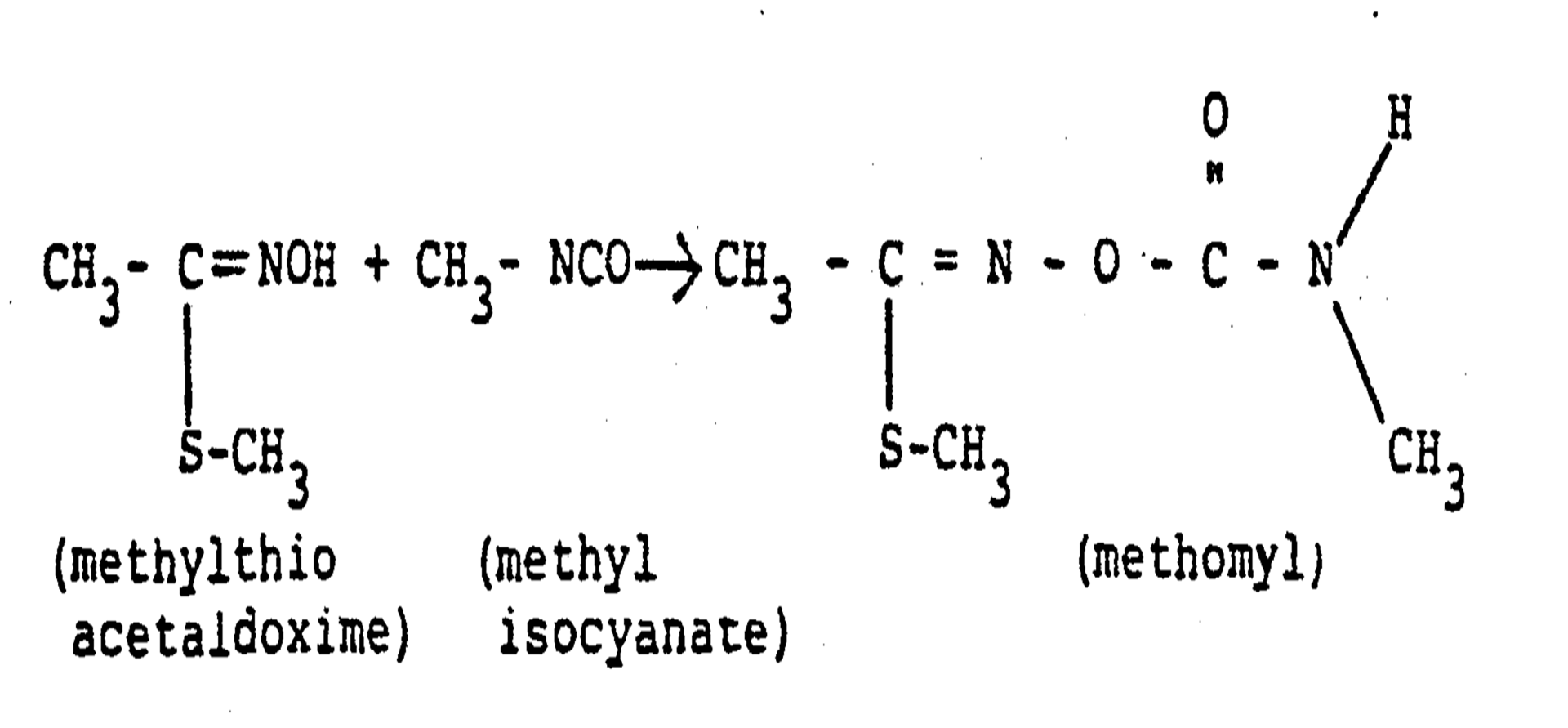Usages of Methomyl Oxime: Methylthioacetaldehyde oxime, referred to as methomyl oxime, is an intermediate of considerable economic value and can be used to manufacture carbamate pesticides such as methomyl, thiodimethiocarb, and melidoxyl.
Preparation of methomyl oxime: The key to the synthesis of methomyl is the synthesis of the intermediate methomyl oxime. Depending on the selected synthesis route, the yield and cost of methomyl oxime are quite different.

There are generally five methods for the synthesis of methomyl oxime: ① thioacetaldehyde oxime method; ② acetonitrile method; ③ methyl ethyl ketone method; ④ nitroethane method; ⑤ acetaldehyde method. In China, methomyl oxime is mainly produced by the acetaldehyde method. The operation steps of the acetaldehyde method are to react acetaldehyde with hydroxylamine hydrochloride under the action of an acid-binding agent. The generated acetaldehyde oxime is then reacted with chlorine at a certain temperature. After a certain period of time, sodium methylmercaptide is added dropwise, the pH value is adjusted with alkali, cooled, filtered, and dried. The white crystals obtained are methomyl oxime. The raw materials required for the acetaldehyde method are all domestically produced, with high product yield, low cost, no special requirements for equipment, and less "three wastes". It is currently the main method for producing methomyl oxime in the world. DuPont Company of the United States and Hunan Chemical Industry Research Institute both use the acetaldehyde method to produce methomyl oxime.


